I wrote The Little Dot back in 2003 when I was teaching at Hillsdale School in Hamilton Ontario. It was inspired by my grade four class, the math curriculum and Christmas. Our school was a public school and represented many cultures. I linked our literacy, drama, and math to create a Christmas concert play that would attempt to be more inclusive of cultures in making reference to celebrations of light and hope. The Christmas tree shape was referenced as one example of how cultures celebrate at this time of year.
This story is an example of how the curriculum can be integrated into an activity. Moreover, it also satisfied our need to be performers at our annual Holiday concert. We had grand fun performing.
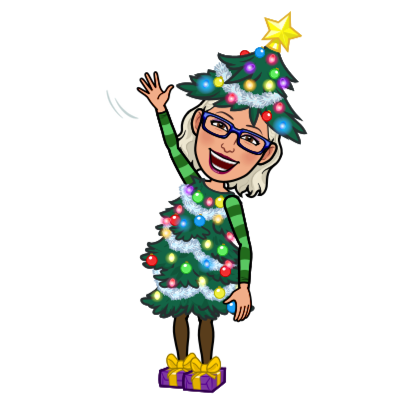
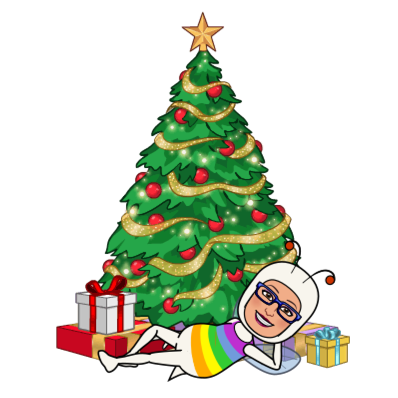
The Little Dot is a geometry-based math story. My goal was to help children see that all shapes are made up of dots, specifically dots that are joined to make lines. These lines join to make other shapes, in this case, a triangle. The base is a rectangle, and the star is created by two overlapping triangles. If I was using this in a kindergarten classroom we would spin off into a craft/art activity and make tree ornaments out of lines or popsicle sticks, a foam rectangle, then place two overlapping foam triangles for the star.
I would send home the story as a read-out-loud option for bedtime. I would also spend time referencing the synonyms in the synonym tree at the end of the story. We would play with the idea of interchanging the different words for small, yell, pretty or party, throughout the day and during the sharing of the story.
Creating stories to explain various topics in subjects other than Language Arts is a great way of integrating the curriculum. Moreover, the spin-off activities can be used for assessments. Integration of subjects is an efficient way to cover the curriculum. Why not work smarter than harder?



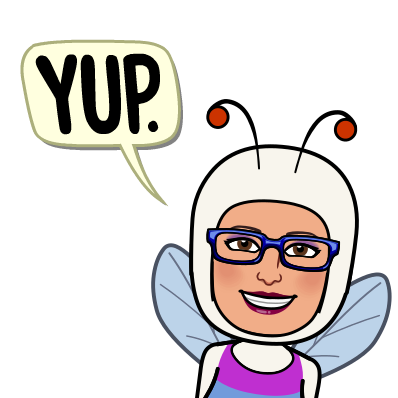

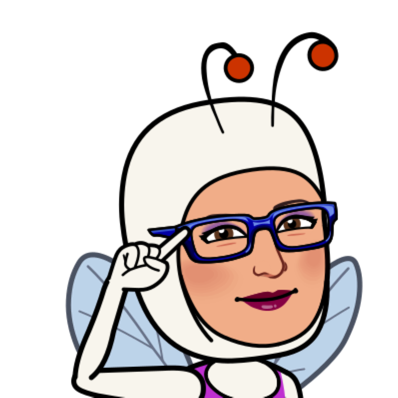

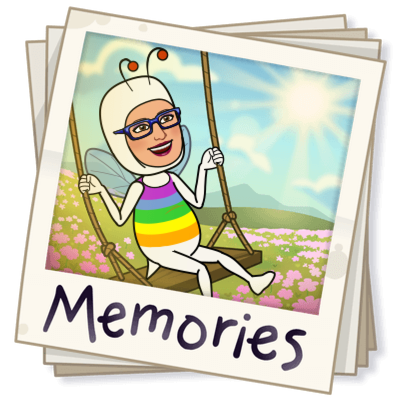

[…] Next Post […]
[…] Teachers: Want an Educational Break During the Frenetic Weeks Before Christmas? Prev Post […]